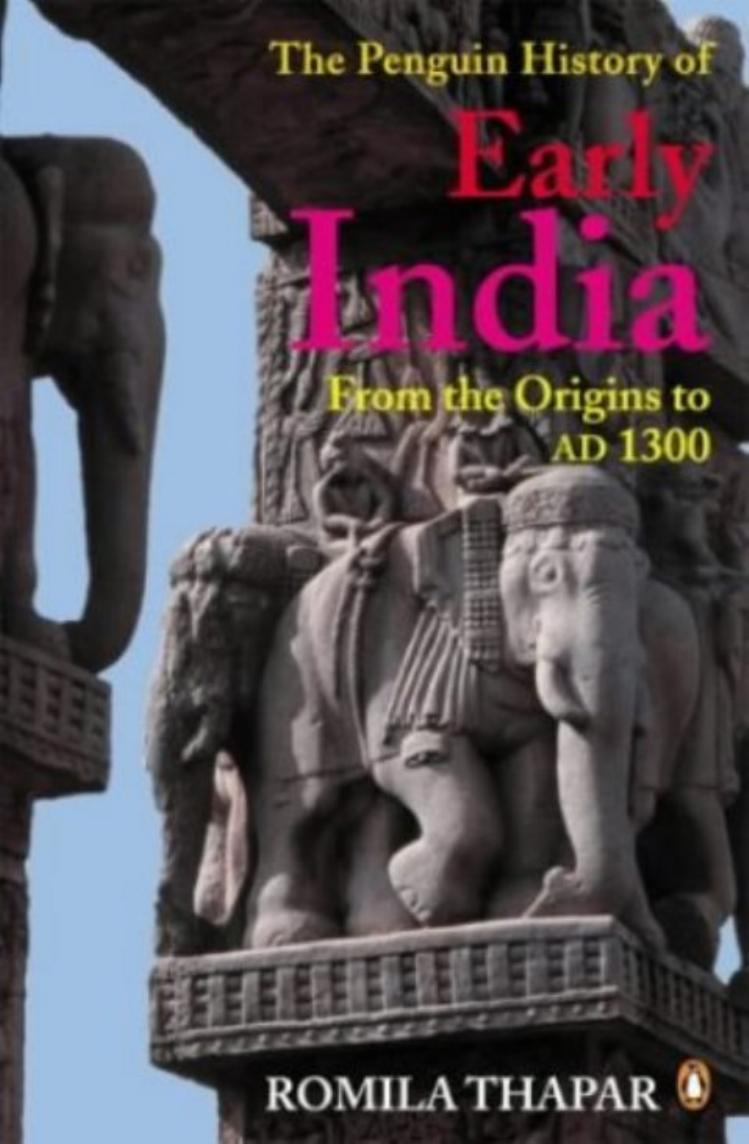The Penguin History of Early India: From the Origins to AD 1300 by Romila Thapar

Author:Romila Thapar
Language: eng
Format: epub, mobi, azw3, pdf
ISBN: 9780141937427
Publisher: Penguin Books Ltd
Published: 2003-08-06T18:30:00+00:00
Such inscriptions provide an indirect comment on the political importance of guilds. Although guilds were powerful in urban life, it seems their heads did not seek direct political influence or office, presumably because politics was regarded as the prerogative of the king – at least in theory. Undoubtedly, the nexus with royalty did provide a political edge to their activities, but their political ambitions seem to have remained subdued. A possible explanation for this is that in some cases the royal family appears to have had financial interests in the guilds. Investments in a commercial enterprise brought large returns, larger perhaps than the revenue from a piece of land of comparable value. Royalty invested its money in commercial activities and therefore had an interest in ensuring the well-being of the guild. Royal support in a tangible form and the lack of opposition from the king may have dulled the edge of political ambition among the guild leaders. Furthermore, access to political power on the part of a given guild would require that it first ally itself with other guilds in order to obtain their loyalty, without which no political ambitions could be achieved. Such co-operation may have been effectively prevented by caste rules, such as forbidding eating together – an effective barrier between guilds of different castes. But if such rules were not being observed, the inability to co-operate politically was for other reasons. The endowment created a nexus between royalty, the shrenis and the Sangha, and this nexus tended to keep their relations on a relatively even keel. The emergence of the shreni was essentially an urban phenomenon and, as a characteristic social institution, it also reflected the increasing significance of urban life.
Inscriptions such as the one above refer to investments in guilds of weavers, potters and suchlike. Clearly, these were occupations that were profitable and socially acceptable, otherwise they would not have attracted investments from the royal family and upper castes. Yet these are also the occupations of those listed as the lower social orders in the normative texts, where the Dharma-shastras dismiss them as shudras, explaining that some among them are born of sankirna jatis, or mixed castes, just a notch above the more polluting groups. They are called mixed castes as they are said to be the progeny of marriages across castes and occupations. These castes are ranked and reference is made to anuloma, hypergamy, literally in the direction of the body hair, indicating the father was of a higher caste than the mother, and pratiloma, hypogamy, which is the reverse. That the combinations and permutations were different in each text points to its not being taken literally, but being a theory intended to deny status to certain castes. Like much in the Dharma-shastras that seeks to explain a social condition, this is a fiction invented to prevent the upward mobility of those ranked as low. By the same token it may provide an oblique indication of an improvement in the status of certain shudra jatis.
There is a lack of fit between the vision of the normative texts and social reality.
Download
The Penguin History of Early India: From the Origins to AD 1300 by Romila Thapar.mobi
The Penguin History of Early India: From the Origins to AD 1300 by Romila Thapar.azw3
The Penguin History of Early India: From the Origins to AD 1300 by Romila Thapar.pdf
This site does not store any files on its server. We only index and link to content provided by other sites. Please contact the content providers to delete copyright contents if any and email us, we'll remove relevant links or contents immediately.
| Africa | Americas |
| Arctic & Antarctica | Asia |
| Australia & Oceania | Europe |
| Middle East | Russia |
| United States | World |
| Ancient Civilizations | Military |
| Historical Study & Educational Resources |
The Sympathizer by Viet Thanh Nguyen(4096)
The Rape of Nanking by Iris Chang(4024)
World without end by Ken Follett(3347)
Ants Among Elephants by Sujatha Gidla(3282)
Blood and Sand by Alex Von Tunzelmann(3060)
Japanese Design by Patricia J. Graham(3004)
City of Djinns: a year in Delhi by William Dalrymple(2436)
Foreign Devils on the Silk Road: The Search for the Lost Treasures of Central Asia by Peter Hopkirk(2389)
Inglorious Empire by Shashi Tharoor(2347)
The Queen of Nothing by Holly Black(2324)
In Order to Live: A North Korean Girl's Journey to Freedom by Yeonmi Park(2304)
India's Ancient Past by R.S. Sharma(2303)
Tokyo by Rob Goss(2294)
India's biggest cover-up by Dhar Anuj(2250)
Tokyo Geek's Guide: Manga, Anime, Gaming, Cosplay, Toys, Idols & More - The Ultimate Guide to Japan's Otaku Culture by Simone Gianni(2243)
The Great Game: On Secret Service in High Asia by Peter Hopkirk(2231)
Goodbye Madame Butterfly(2163)
Batik by Rudolf Smend(2009)
Living Silence in Burma by Christina Fink(1985)
